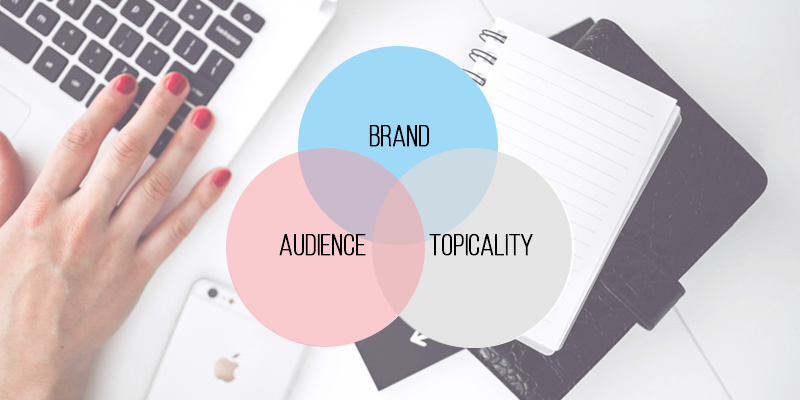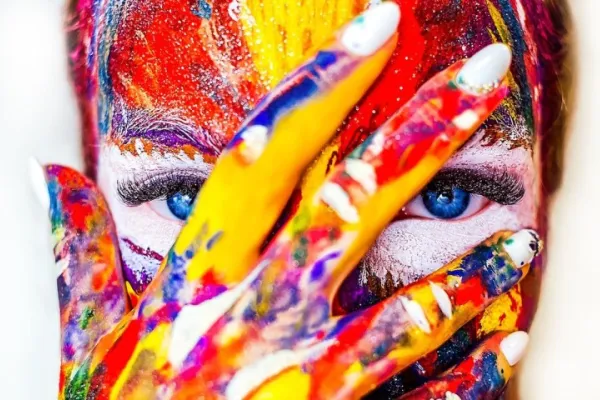
 Details
Details
Using influencers to speak on behalf of your brand is getting more and more popular, but how do you know do you pick the right influencer that matches your brand and business goals?
We all know one. A Youtube superstar. An Instagram model. A fashionable blogger. Influencers come in all shapes and sizes and with the digital possibilities increasing; this branch of native advertising is getting more and more popular among brands. In this large market of digital influencers, big mistakes are waiting to happen.
A mismatched message seeded to 1M followers can potentially do a lot more harm than good. Therefore choosing a person to tell your story requires careful selection and research. This article will take you through some of the elements you want to consider, in order to identify the right influencer for your brand.
READ MORE: What is Native Advertising? And How do You Get Started?
1. DEFINE YOUR OBJECTIVES
One of the primary mistakes that happen when choosing an influencer is looking at reach as a sole indicator for success. Yes, reach is necessary if you need help to seed your story but influencers have much more to give to a brand. They are excellent content creators, they made their success from being creative and they know exactly what engages the target audience.
To gain awareness you can always amplify content with paid media. Another advantage is that influencers are often much cheaper than using a traditional agency to produce content.
Therefore, when you think influencer marketing, think larger than the traditional digital KPIs such as CPM, CPV, CPC etc.
Most influencers will have a hard time keeping up with your digital benchmarks and showing the big boss the actual value of the campaign will be difficult if you do not include more qualitative measurements.
Identify your campaign goals before you begin and include considerations that focus on the influencer marketing’s strong sides - like engaging the audience, creating content and time spent with brand.
Related: What To Look Out For With Influencers in Native Advertising
2. INFLUENCER CRITERIA
Influencers are typically specialized in a specific topic or category. Mapping out the relevant context for your brand is essential to improving relevance in the target audience.
The standard categories such as fashion, mommy, food, gadget etc. can be helpful, but defining other criteria for your influencers will help you create a strong match.
Let’s say you have a specific kitchen appliance that you want a blogger to review. It would most likely be a food blogger, but you also need to make sure that this blogger has a fairly big kitchen in order to have space for it on the kitchen counter. Or let’s say you are a design company looking for an influencer to create content for your social platforms.
In this case it would also be important that the influencer’s visual look suit your brand guidelines.
Setting up all the criteria in advance will help you find a good influencer for your brand and automatically decrease time spent on finding the right influencers – you will know exactly what to look for.
READ MORE: 4 Ad Headline Generators You Need to Try Today
3. THE STORY
So do we just send a product to the selected influencer and hope for the best? Of course not. The most crucial part of influencer marketing is finding the story. Most brands have an idea of what they want the influencers to say but the key to creating trustworthy recommendations is telling the story in the bloggers own words and ways.
There is a fine line between telling an influencer what to post and creating an inspiring branded story that leaves enough space for individual creativity. The second often gives the best results – especially if you are using more than one influencer. It is all about finding the sweet spot where brand, audience (influencer) and topicality meets.
READ MORE: How to Write the Perfect Advertorial
4. RESEARCH
Now we are at the step where you actually find your influencers for your brand and often the most time consuming part of influencer marketing for those who do it right.
It is not just about choosing the top three influencers in a category or influencers that are accidentally on your radar. You want to dig deeper and look at the influencer’s platforms, content themes, past brand collaborations, tone-of-voice etc.
If you are Coca-Cola and you wish to do a brand collaboration with an influencer, you do not want to choose an influencer who has shown a liking for Pepsi. Another example could be a travelling agency providing ski trips to an influencer who has in the past mentioned that she hates snow. My point is, invest some time in looking at the individual influencers past content and stories - you might even find that they have already mentioned your brand by own interest.
The most important thing to have in mind when you work with influencers is that they are not digital platforms that you buy into with a branded message. They are humans with a creative heart and an opinion that matters to thousands of followers. They can create a positive and trustworthy story around your brand and potentially increase brand preference among their audience.
Do you have anything to add? Please do not hesitate share your experiences and learnings in the comment field.
READ MORE: The Best Examples of Native Ads in 2024 (so far)







